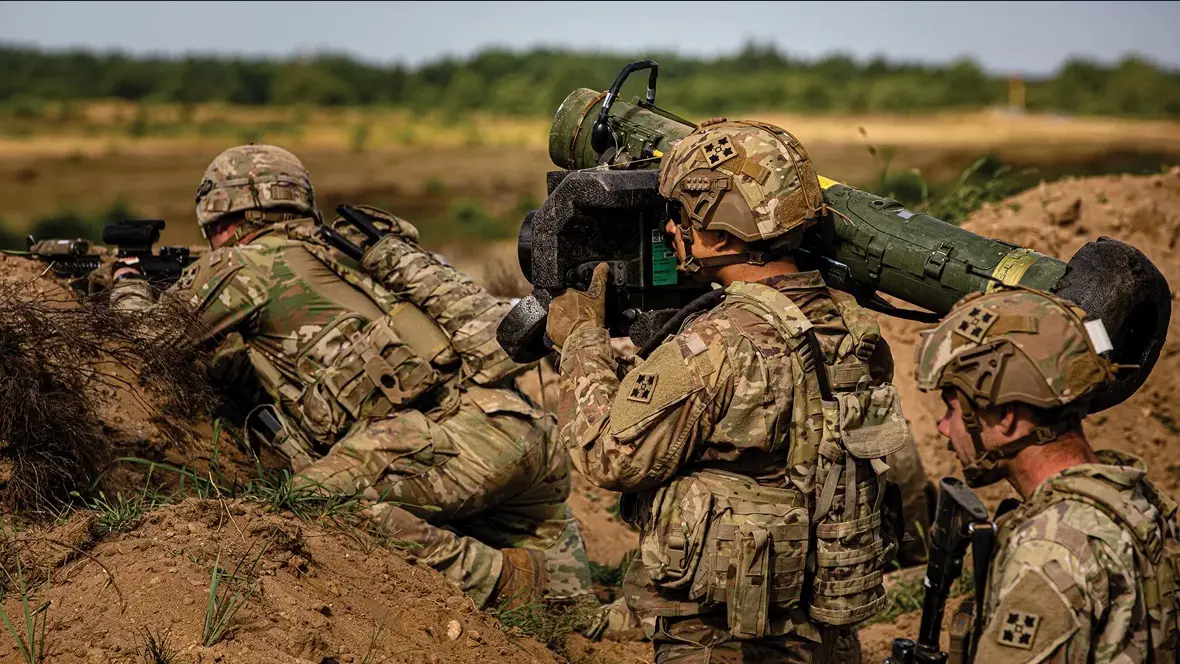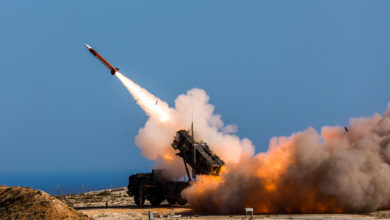The Association of the US Army (AUSA) has warned that anti-tank missile threats are becoming more sophisticated, increasing the need for the US military to prepare both “technically and doctrinally.”
In a paper titled An Ode to the Sagger Drill: Addressing the Modern Anti-Tank Guided Missile Problem Set, the authors cautioned that Washington’s forces will likely face the threats of modern anti-tank guided missiles (ATGMs) in future conflicts.
They also pointed out that while the military has invested in material solutions such as Active Protection Systems (APS), it has not developed a “holistic” approach to address the problem.
“These measures are not sufficient to address the threat,” the paper wrote. “APS only provides an initial countermeasure to buy time for the crew to find a solution, and current doctrine has critical gaps.”
Taking Lessons From Syria, Ukraine
According to the paper, more than 500 ATGMs were fired in Syria from 2018 to October 2022, with the longest strike range being 5,596 meters (18,359 feet).
The weapons have reportedly become one of the defining characteristics of the war there, with more than half of the ATGMs launched worldwide during that time.
In Ukraine, invading Russian forces have also used ATGMs, such as the Fagot and Kornet systems.
They are fielded to dismounted teams and integrated into all-terrain vehicles for increased survivability and target acquisition without being detected.
Unlike in Syria, the maximum strike range of anti-tank missiles in Ukraine is 7,500 meters (24,606 feet).

Recommendations
The AUSA paper outlined several doctrinal and technical recommendations to prepare the army for future ATGM threats, including conducting more react-to-ATGM platoon battle drills.
There should also be an overhaul in equipment allocations and distribution, putting more emphasis on low-cost unmanned aerial systems with thermal imaging to identify and destroy enemy ATGM crews.
The army must also integrate state-of-the-art radars with hard and soft-kill systems to counter direct-fire missiles.
Regarding training guidance, the paper suggested a significant update for sections and crews because the current doctrine reportedly does not provide any guidance for platoon-level elements of the military.












